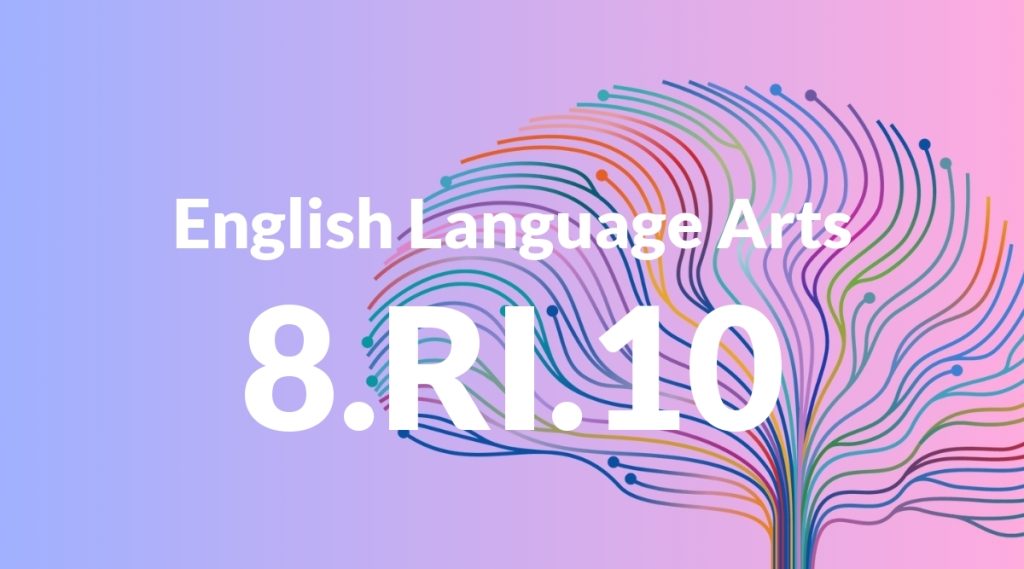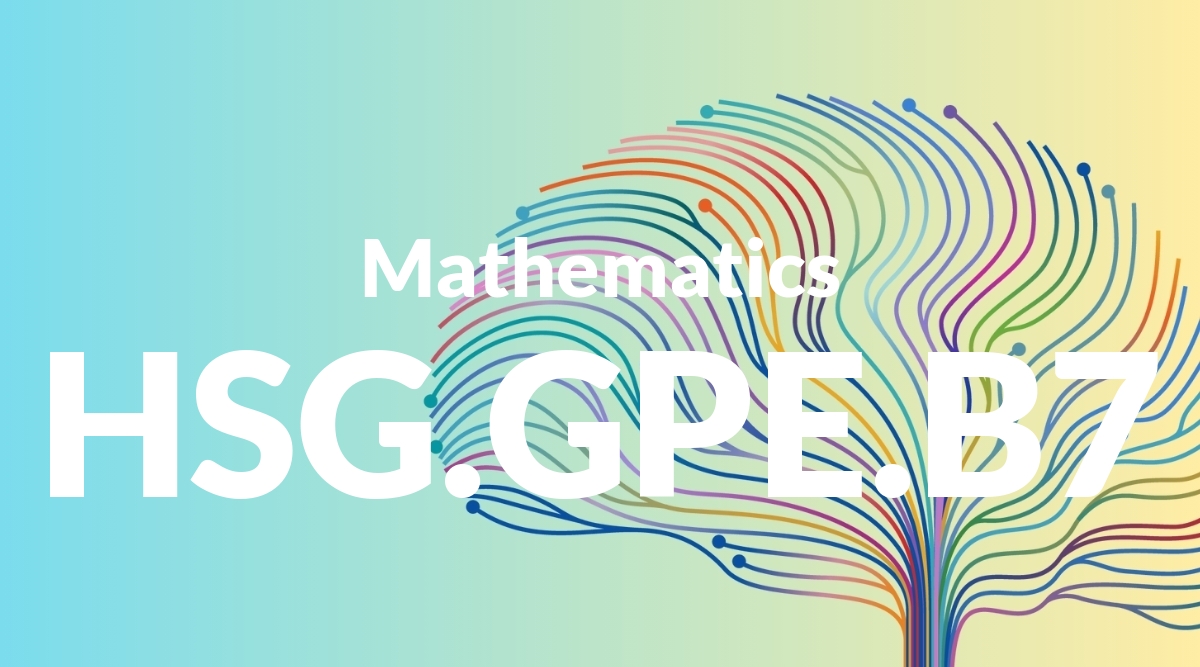Standard: 8.RI.10 – By the end of the year, read and comprehend literary nonfiction at the high end of the grades 6-8 text complexity band independently and proficiently.
Grade level: Grade 8
Subject: English Language Arts
Domain: Reading: Informational Text
Teacher Overview
This standard emphasizes the importance of students being able to read and understand complex literary nonfiction texts independently by the end of Grade 8. This skill is crucial for their academic success, as it prepares them for more advanced reading and critical thinking tasks in high school and beyond. Before tackling this standard, students should have experience identifying main ideas and supporting details in texts and be familiar with various types of nonfiction.
Mastering this standard will equip students with the skills to analyze and synthesize information from complex texts, paving the way for success in high school and beyond.
Common Misconception 1
A common misconception is that literary nonfiction does not require the same level of critical analysis as fiction. This is incorrect because literary nonfiction often contains complex themes, purposes, and rhetorical strategies that require careful examination.
Intervention 1
To address this misconception, use guided questions and discussions to help students delve into the themes, author’s purpose, and rhetorical strategies in literary nonfiction.
Common Misconception 2
Another misconception is that all nonfiction texts are purely factual and free of bias. This is incorrect because authors of nonfiction texts often present information from a particular perspective, which can influence how facts are presented.
Intervention 2
To remediate this, teach students how to identify the author’s perspective and potential biases, and encourage them to critically evaluate the information presented in nonfiction texts.
Prerequisite Knowledge
Students should have a basic understanding of how to identify main ideas and supporting details in texts, as well as familiarity with different types of nonfiction texts.
Subsequent Knowledge
Students will develop advanced critical thinking skills, enabling them to analyze and synthesize information from complex texts, preparing them for high school-level reading and beyond.
Instructional Activities
- Close reading and annotation of a historical document
- Group discussions on the themes and purposes of a biography
- Writing a critical analysis essay on a scientific article
- Comparing and contrasting different perspectives in news articles




